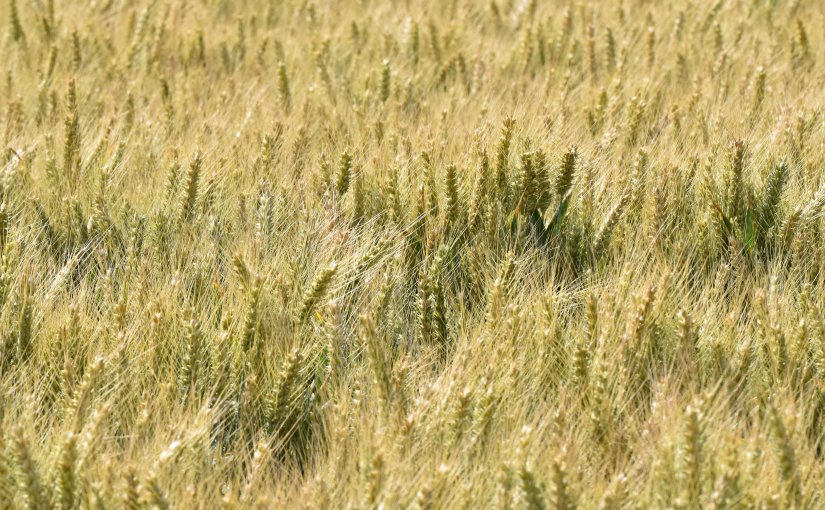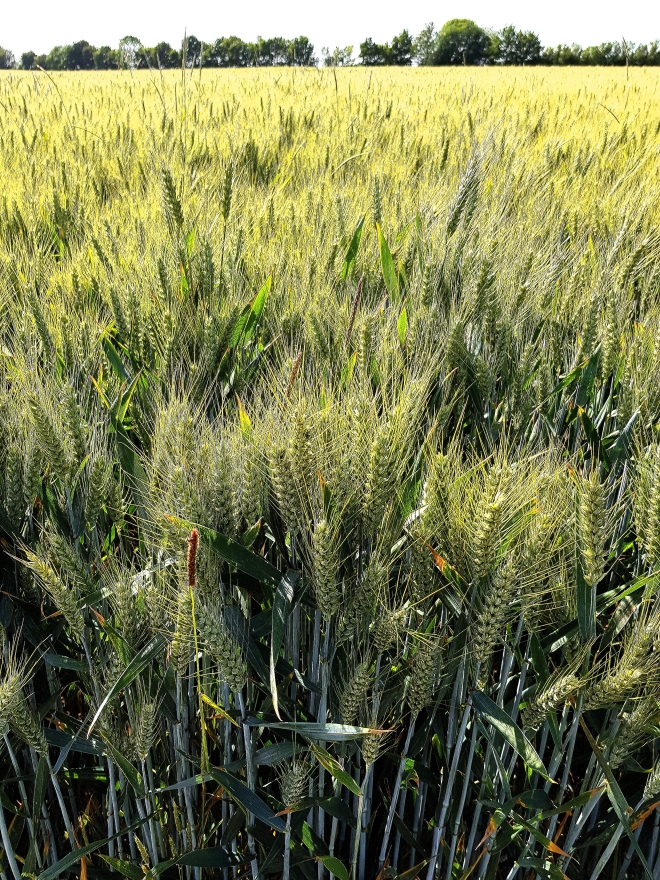
We tend to take bread pretty much for granted these days. There seem to be abundant supplies – indeed much of it goes to waste – in every supermarket I go into (in the UK). But it was not always that way! There have been many times of bread shortages in the past. There was a Bread Crisis in Britain, 1795-96, when the country was fighting wars with France. Poor harvests and extreme cold even led to a bread riot in 1795. There were shortages of bread during the First World War, and bread was also rationed after WWII, for a couple of years.
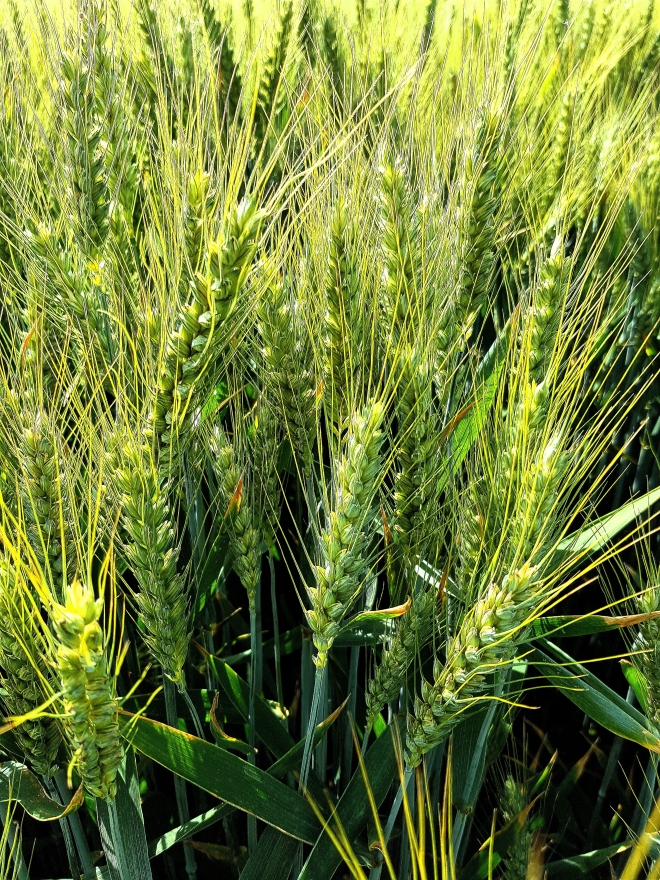
Could it happen again? I think the answer is probably not, unless we do something very stupid! UK farmers now supply most of the wheat (as well as oats and rye) required by flour millers. I was surprised to learn that flour mills now source more than 80% of their wheat from British farmers, compared to less than half of that in the late 1970s (Grain Chain, 2016).
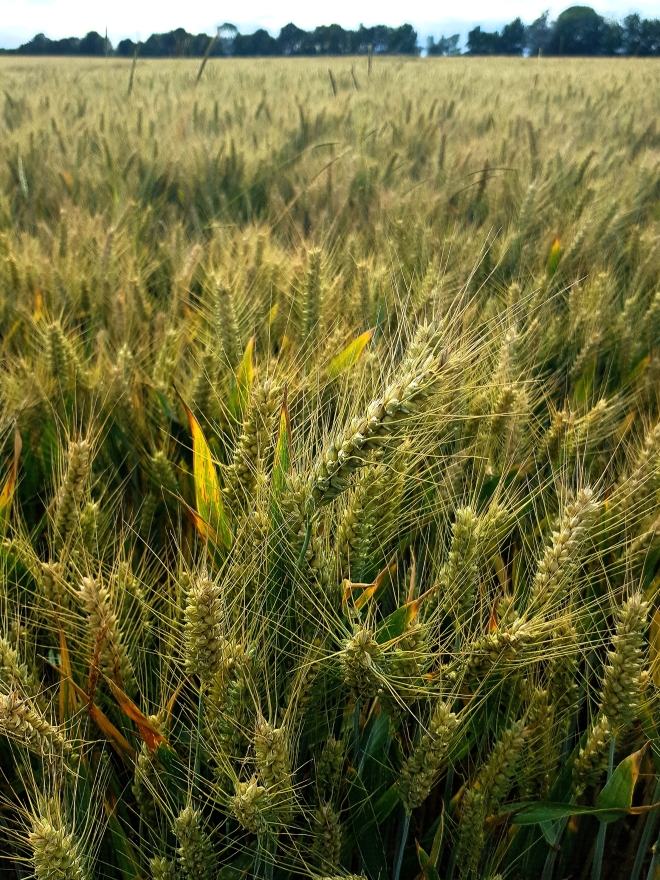
One reason I have an interest in wheat, is that for one period of my life (studying for a PhD) I spent a lot of time sitting in a wheat field! Studying this lovely creature (below). Very high populations occurred in 1979; there were hundreds of these aphids on each tiller, with billions (maybe trillions) taking to the air at the end of July that year!


Wheat – most of which is winter wheat (planted in the autumn) – is a classic monoculture; a single crop stretching out to the horizon (below). Farmers get about 8 tonnes per hectare on average, resulting in a total British harvest of somewhere between 15 to 17 millions tonnes. That sounds good, but we are a fairly small producer on a world scale, although the EU as a whole is the largest producer (just above China).
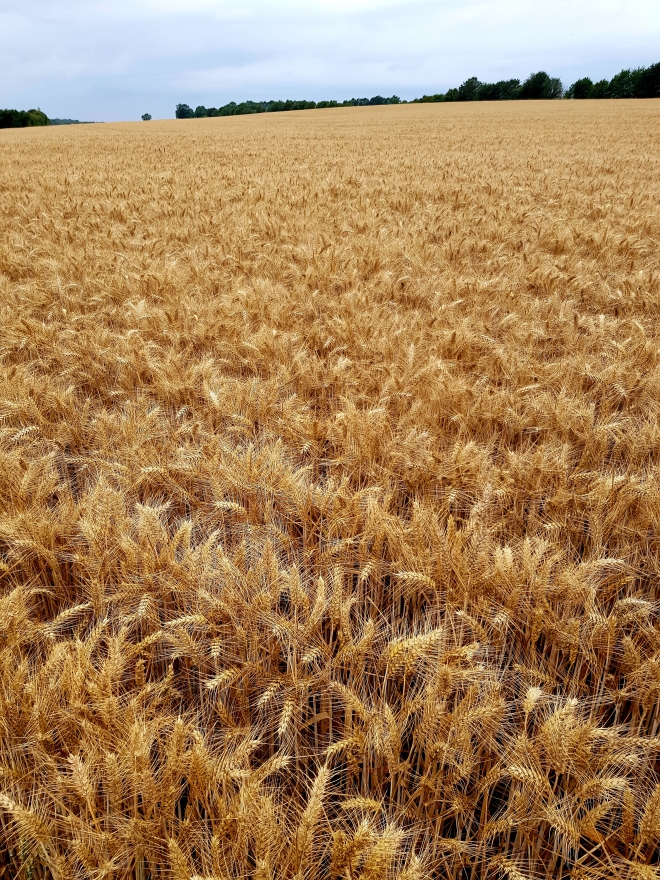
So, it seems to me that UK farmers are doing a good job on the whole, although how sustainable the whole system is, is another matter. We rely on a few varieties of wheat, grown as monocultures, reliant on inputs of fertilisers and pesticides. Farmers from the past would no doubt be puzzled to see the wheelings (below) left in fields to make these applications!

Similarly, the carbon footprint is not exactly light! We now have huge tractors and harvesters. The tractors race around country roads carrying their massive trailer loads (below); the fields at harvest time are a dangerous place (and not just for field mice!); I don’t think anyone gets out of their vehicles if they can help it. The drivers sit in their comfy cabins listening to their favourite music!
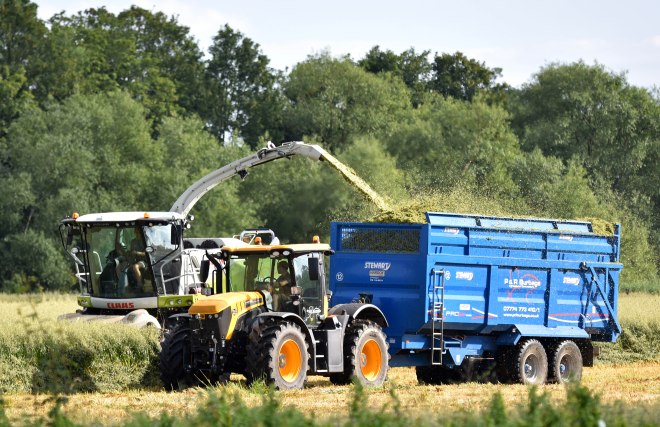
Some might argue that all this industrialisation is the price we must pay for our current abundance, but vast amounts of bread are wasted, almost 900,000 tonnes of bread every year, reportedly. Nearly, half the bread produced here in the UK, 44%, is thrown away! So, I think this shows, that a little more care and respect for the sacred loaf, could free up resources to enable a more sustainable production system, with more attention on preserving the health of the soil and the well-being of the wildlife that lives in and around these fields.
Reference
Cannon, R. J. C. (1986). Summer populations of the cereal aphid Metopolophium dirhodum (Walker) on winter wheat: three contrasting years. Journal of applied ecology, 101-114.
